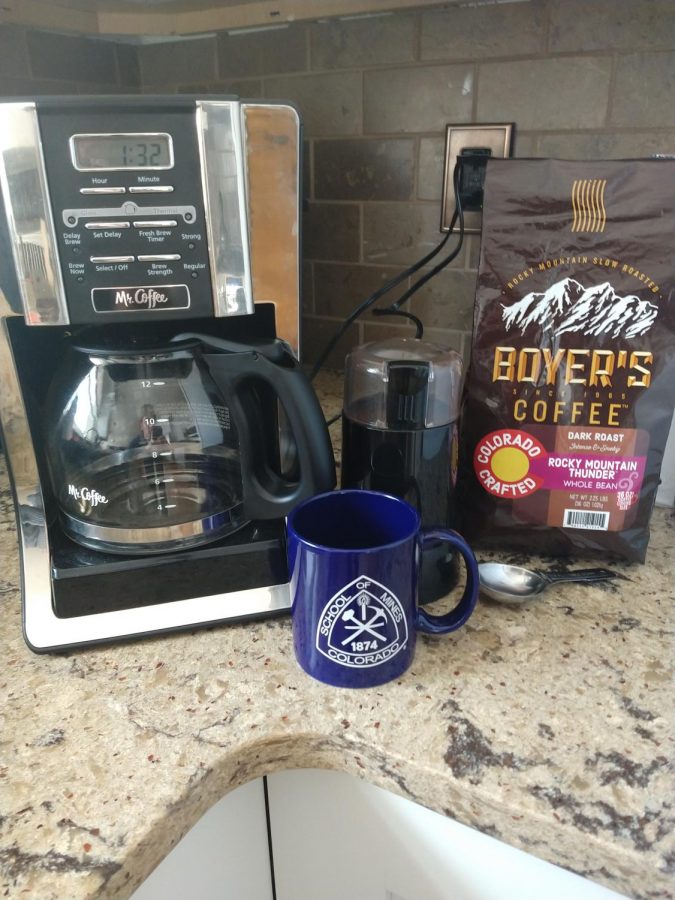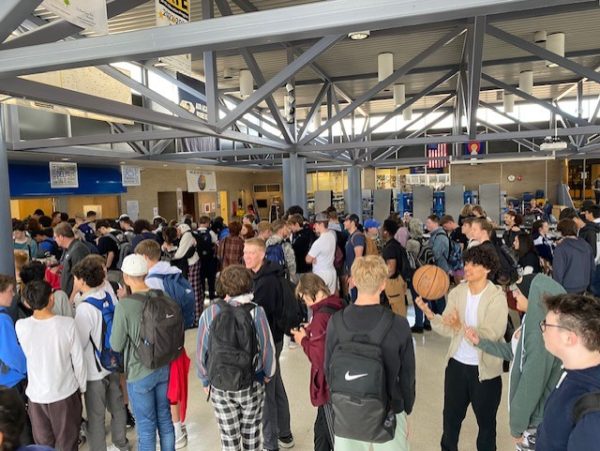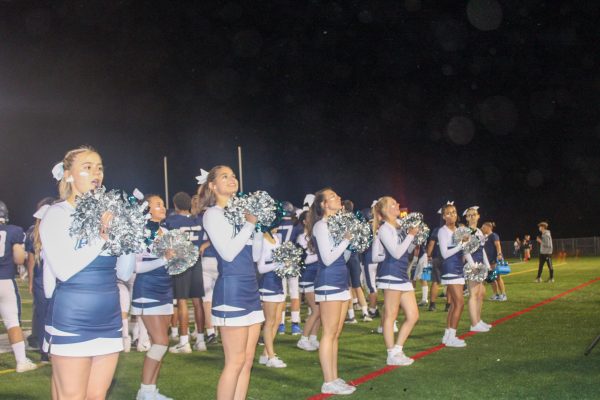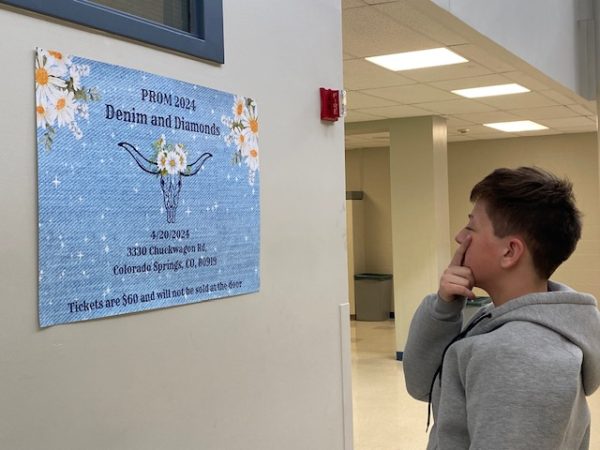Changing From A Black Tea Loyalist to a Dark Coffee Enthusiast
During the fall of 2019, my father got a coffee maker for my family. He said he wanted to start drinking coffee. Flash forward six months and I had fallen in love with what I first thought to be bitter, brown, crayon water and completely commandeered the coffee maker as basically my own.
What happened to me? I was a devout black tea lover before coffee went and wrecked my relationship with Lady Grey.
Prior to the fall of 2019, I made a stout twinnings breakfast tea every morning. Green tea simply didn’t pack the punch I needed; not caffeine-wise, but taste-wise.
Being a night owl, mornings are typically groggy, slow, and unwilling. Like starting a carbureted car in negative 15-degree weather after sitting for half of the winter. Caffeine acts as a canister of starter fluid, helping me along in getting going for the day.
Speaking for myself, I like my mornings quiet, peaceful, alone, and low intensity in any form for around 20 minutes. Not many people like to obliterate their 5 senses a few minutes after getting up. Lady Grey and her somber, gentle taste profile of black tea leaves and undertones of citrus and floral were and still are a good way to ease into the day.
Once I started having small cups of coffee in the morning (I always loved the smell of coffee, so I wanted to give it a try) I began to appreciate its strength. Tea simply just didn’t have the appeal it once did because I grew quite fond of the way coffee amplifies my senses.
While there are endless articles written on the scientific effects of caffeine in coffee on the human body and its link to productivity, I believe it’s more than that. Coffee is something to be sanctified, a constant positive in each morning, an item of personal enjoyment, and a means to develop a taste palette.
A cup of coffee in the morning warms the soul and brings the mind and body up to running speed by dissecting the flavor and letting it take you on a journey.
“I love waking up to the smell of coffee and letting it bring me to life. Who knew dark and broody flavors would be so fantastic to start your day with,” said Air Academy High School senior Drew Braden.
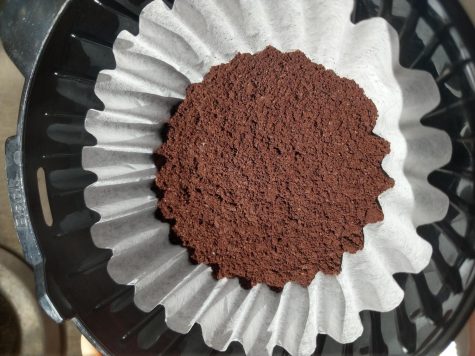
I believe that if someone can taste more than just “coffee” in the blend they like, their taste palette is quite developed. Perhaps a rather useless notion, but after coming around to coffee I wanted to be able to do more than just distinguish a good cup of coffee from a bad cup of coffee.
After all, coffee has over 800 natural taste and aroma components, as opposed to wine which has only 200. Although dark roasts or coffees that over roast less than desirable beans in an effort to mask cheap coffee, dark roast coffee when done right has the most profound, pungent flavors and aromas.
By becoming acquainted with Boyer’s Coffee’s Denver Blend, I started to appreciate the taste profile of coffee. While it is a light roast, it is not an ultralight or blonde blend. This was a great coffee to start with, and for some, like my grandfather, this is THE blend that is rarely strayed from.
Most coffee beans in the world are of two types (though there are 4 in total and the other two combined make up less than 10% of production), the Arabica bean and the Robusta bean.
Arabica beans are a delicate crop and only grow in the right conditions including elevation, humidity, and amount of sunlight. Despite this, they are 60% or more of the world’s coffee, but this is due to popular demand. Arabica beans have a variety of flavors, aromas, and complexity is far greater than any other bean.
Robusta beans are nearly twice as caffeinated and can be more bitter and acidic tasting while supposedly giving a chocolate-like taste. They come in a close second with the percentage of total coffee production.
To this day the smoothest coffee I have ever had was a Kona coffee blend that my grandparents brought back from the Hawaiian Islands. Known for its richness, it is a very special brew. Kona coffee blends are typically light to medium roast coffee but don’t have a watery, acidic, or weak taste by any means.
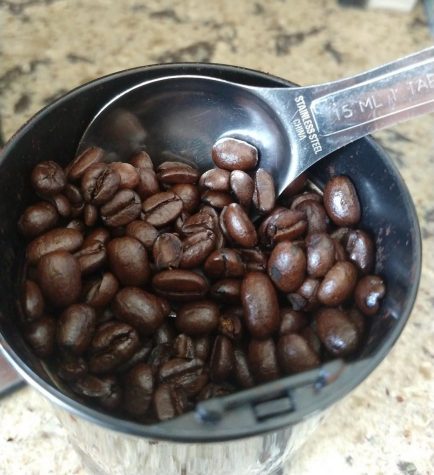
Being that Kona coffee is from the Big Island in the Mouna Loa or Hualalai regions, the Guatemalan and Arabian blend of beans are grown in the rich volcanic soil of Hawaii, with abundant humidity and the right amount of sunlight. This gives it a silky, rich presence and a hint of sweetness.
This is what really made me start loving coffee so much.
Boyer’s Coffee from Denver, Colorado, in every blend I have tasted, has been an incredible brew. For a long time, Boyer’s had a Kona blend, though not quite on par with what I had directly from Hawaii. The blend was a very satisfying blend nonetheless. This became a mainstay for me and I drank this for about a year, as prior to that I had been trying the various Boyer’s blends.
Just recently I had decided that I needed to move on in order to develop a palette and broaden my knowledge. Like I experienced with transitioning from black tea to coffee, I was feeling in need of stronger flavors.
Since I am a fan of dark bitter chocolate and other bold, strong flavors, I wanted to step into the dark roast category of coffee.
I got myself a bag of one of Boyer’s Legendary Colorado Crafted coffees: the Rocky Mountain Thunder Dark roast. Once I got a handle on the behavior of the coffee when it’s brewed, I began learning its profile and seeing what notes I can pick out.
Still learning, of course, I have a long way to go before I could accurately pick out most or all of the individual notes or characteristics of each cup I drink, but the journey there is what it’s all about.
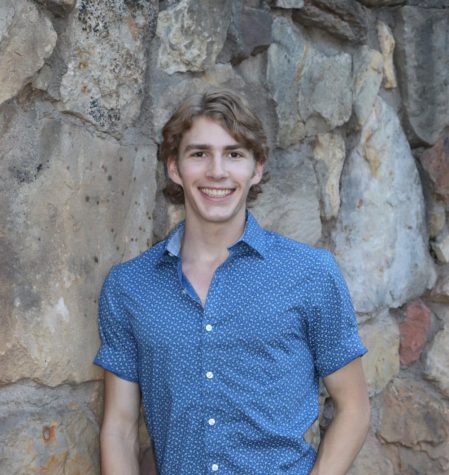
Howdy!! I'm Alex Maline, and this will be my second year on the Jetstream. This time around I am an editor and I'm excited to see how this year turns out!...



